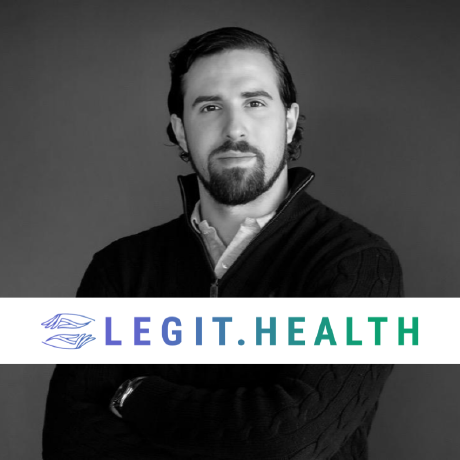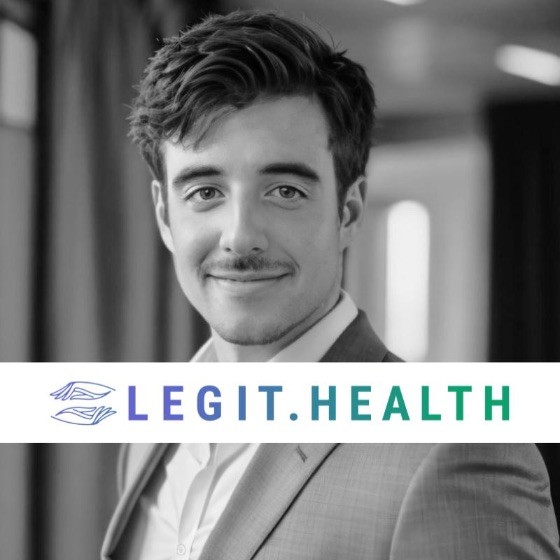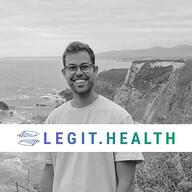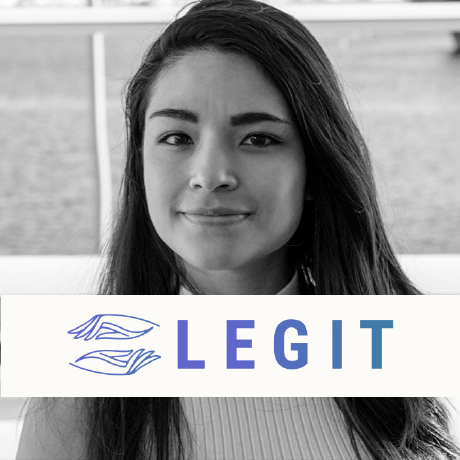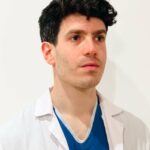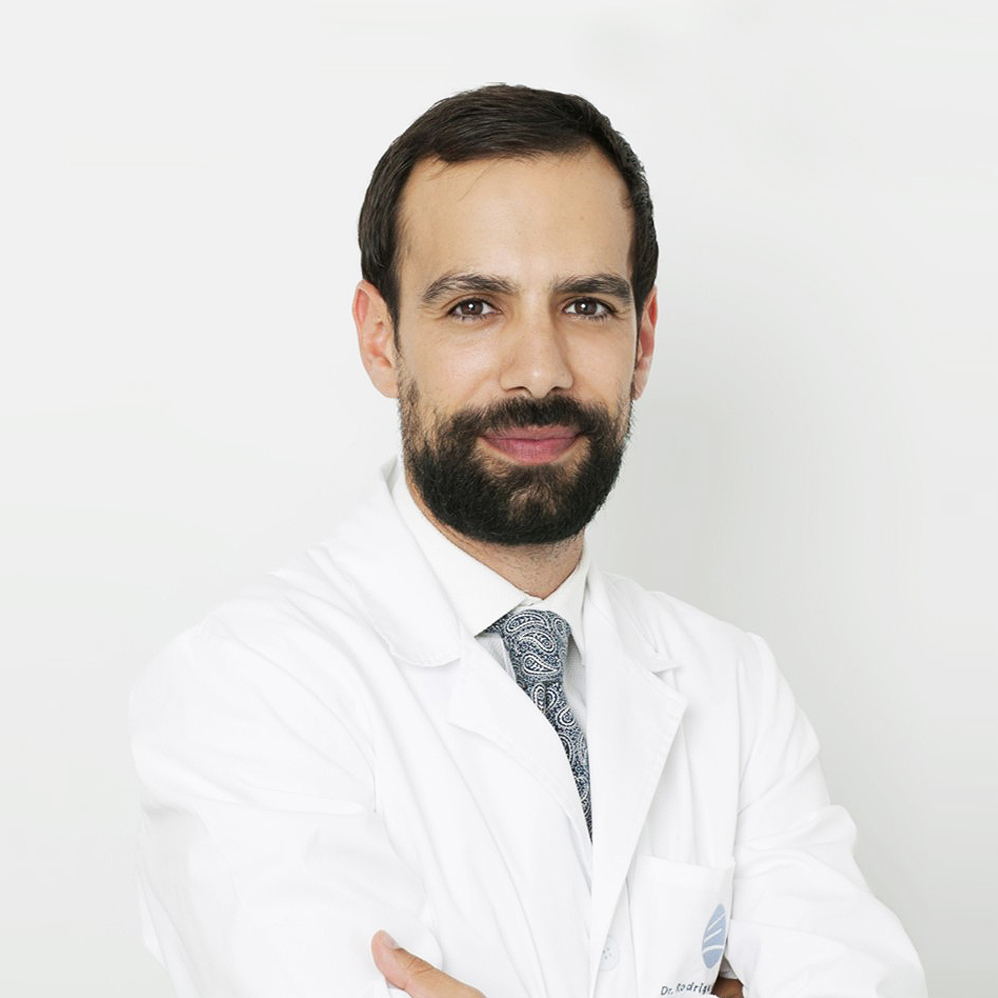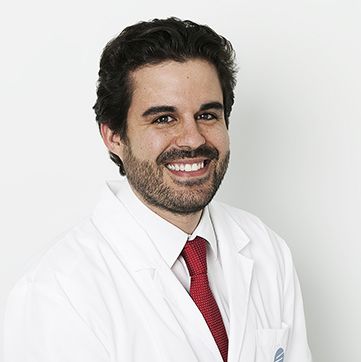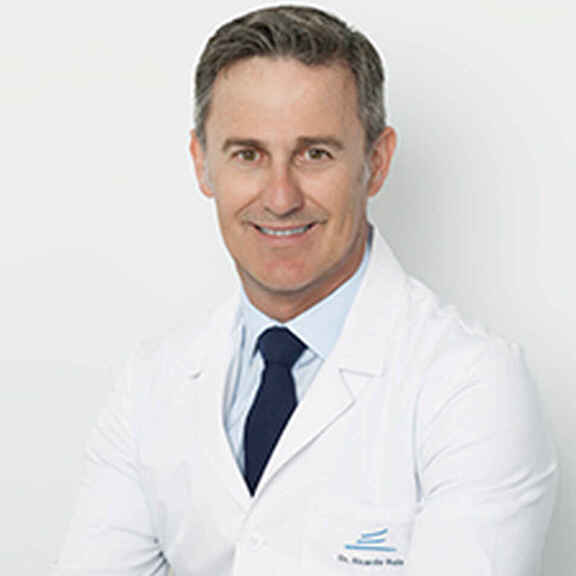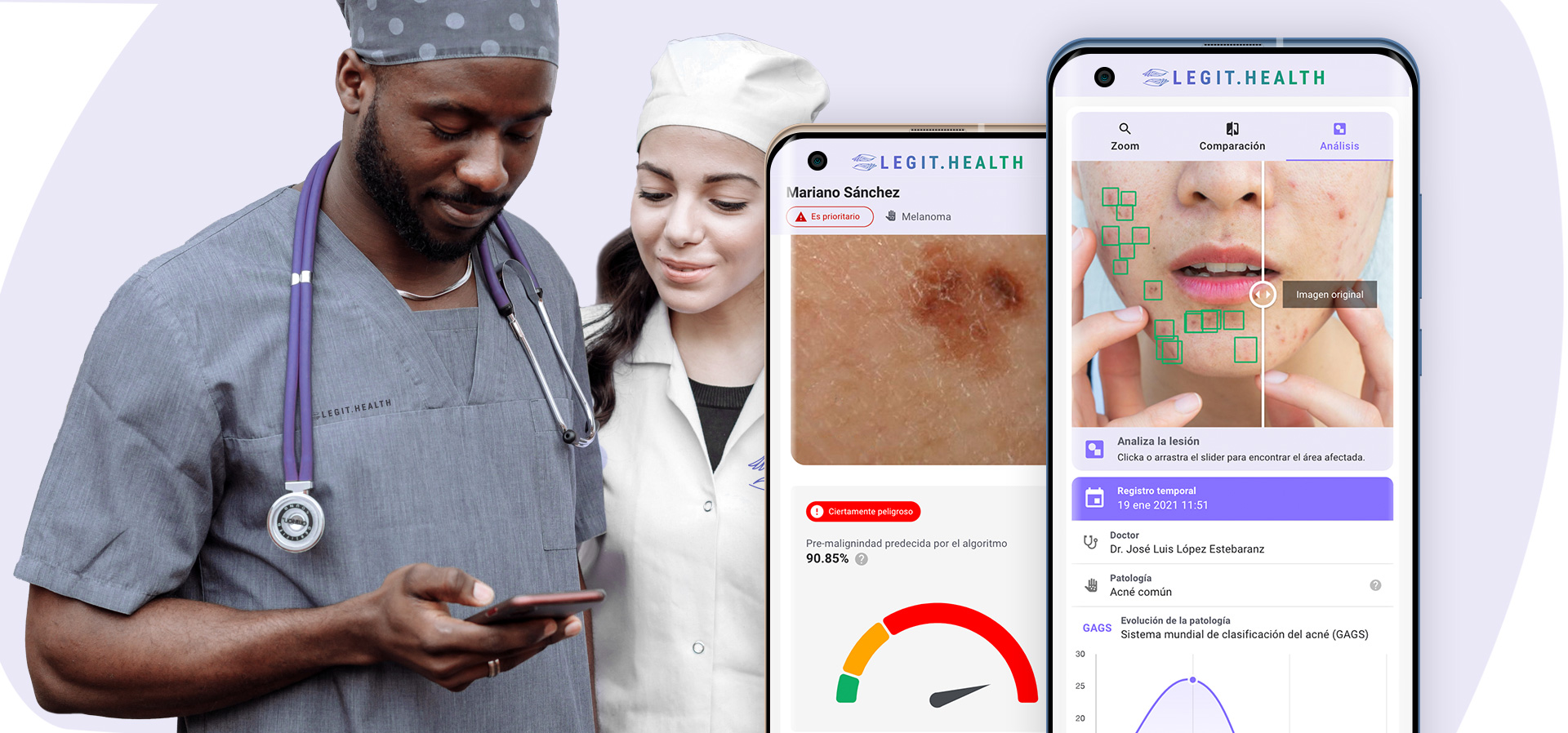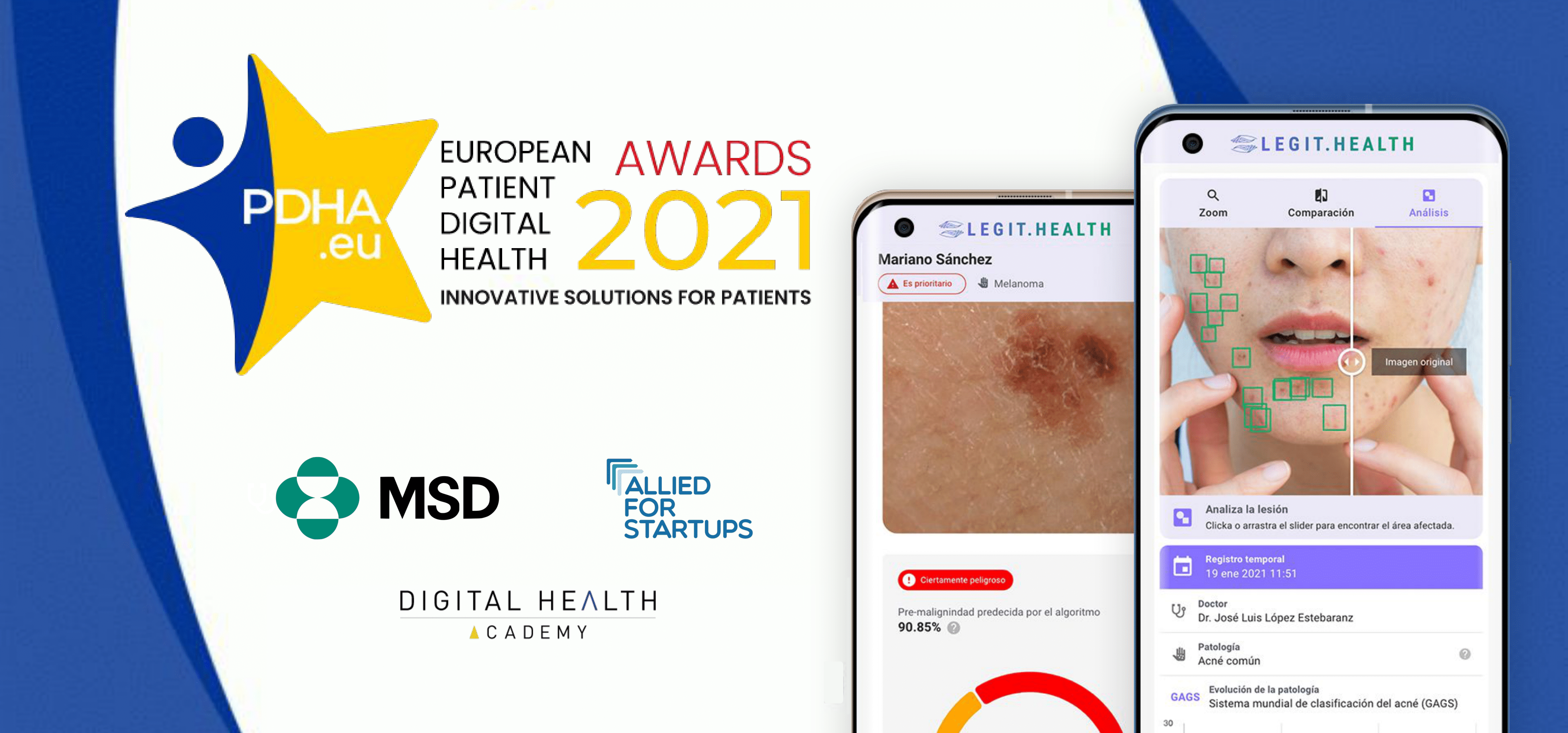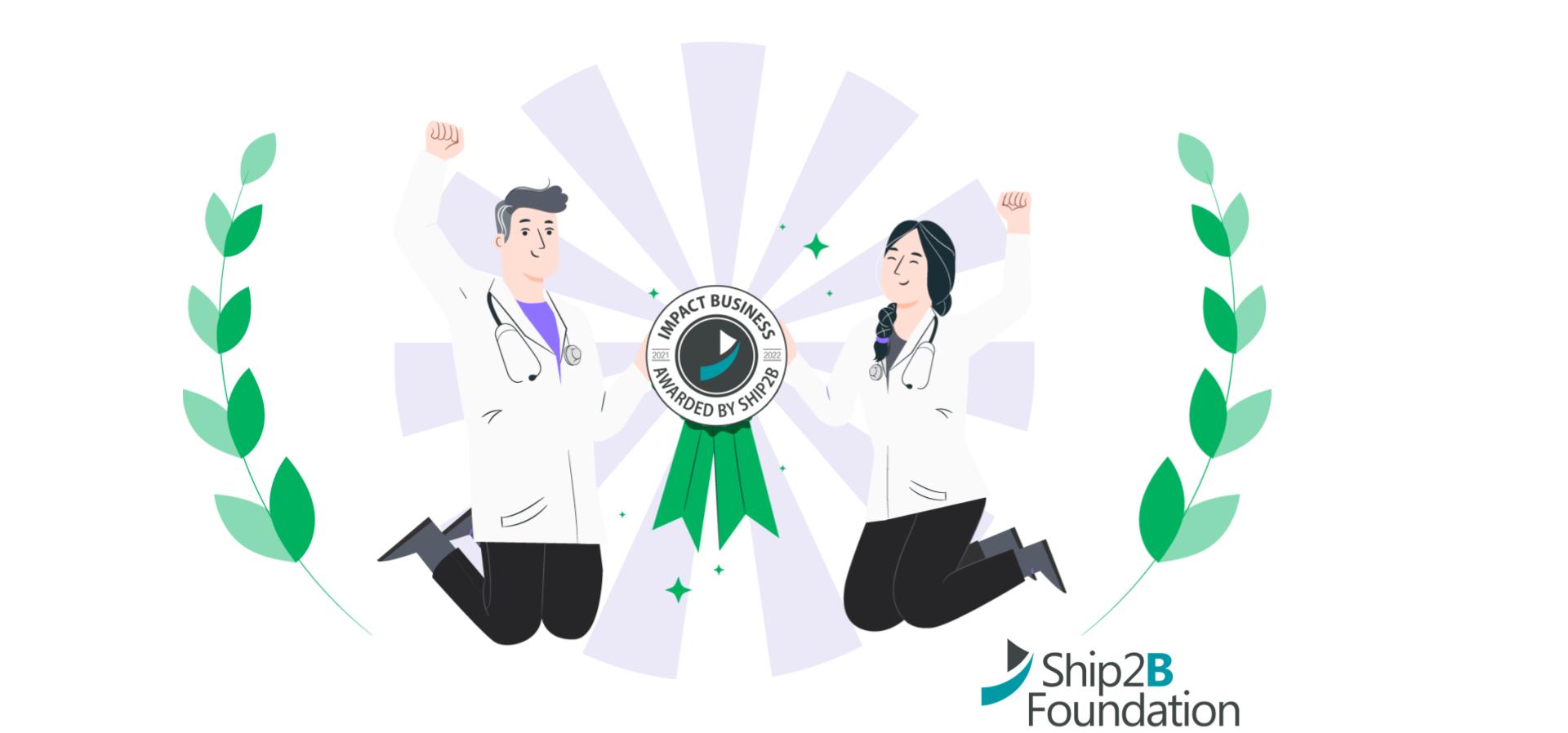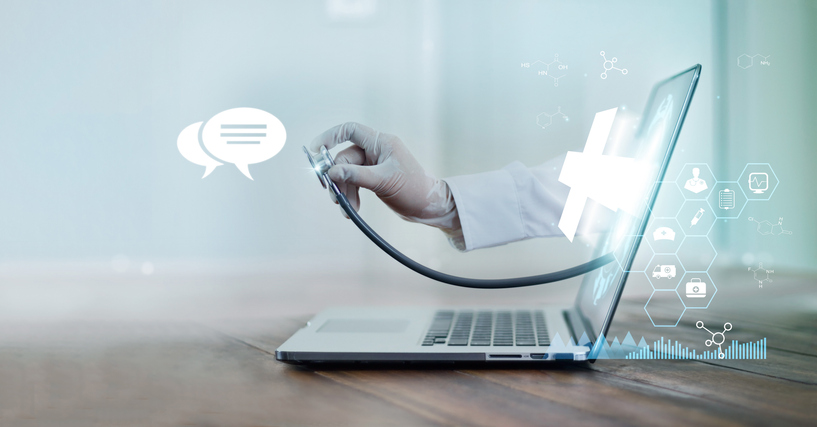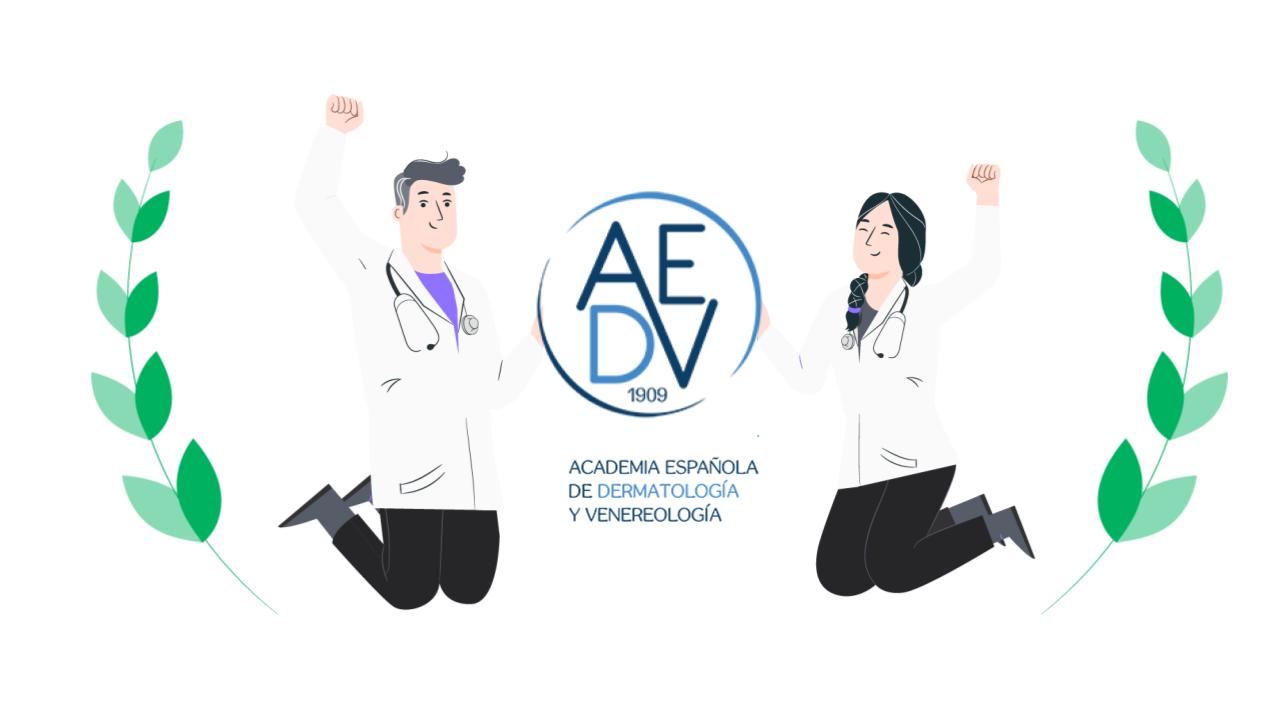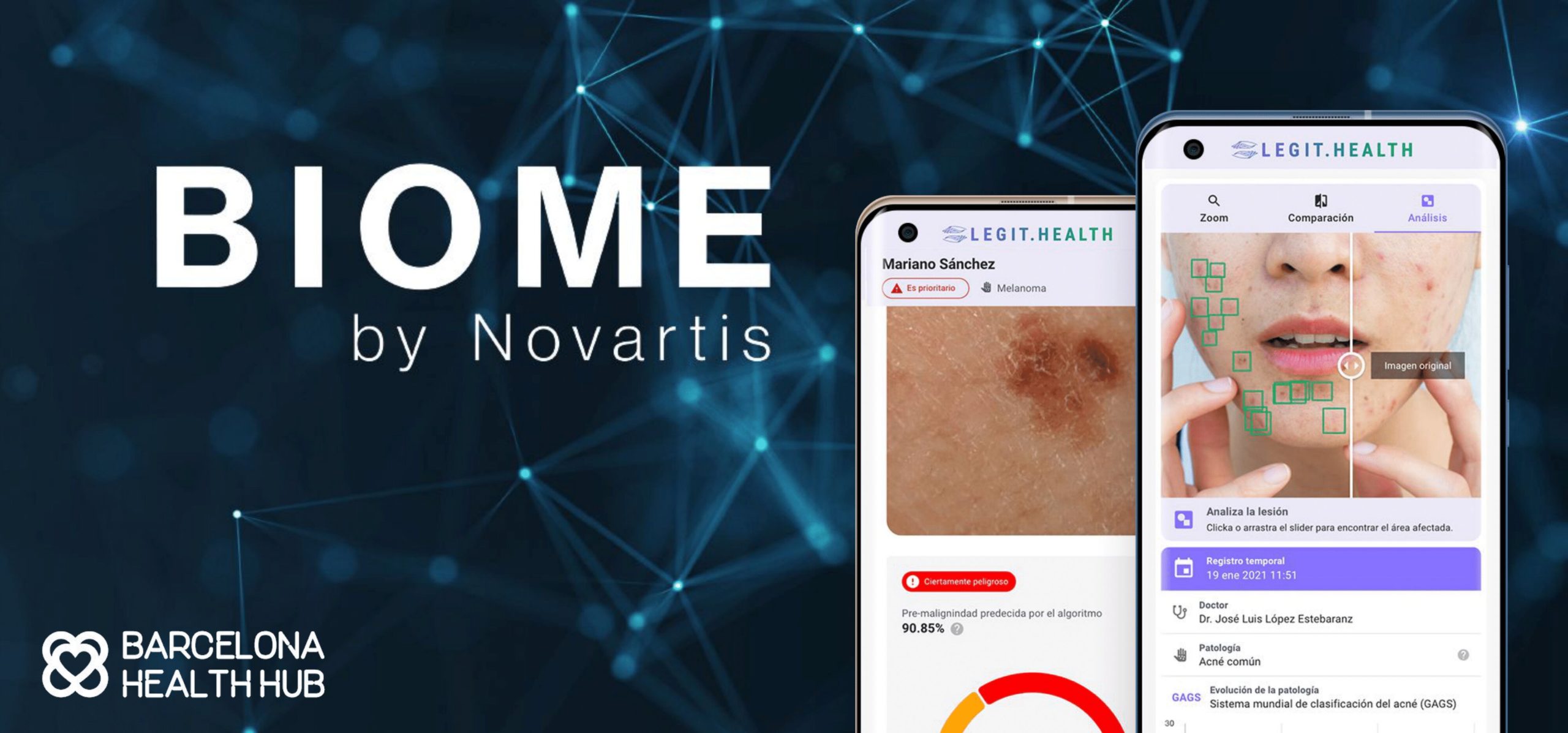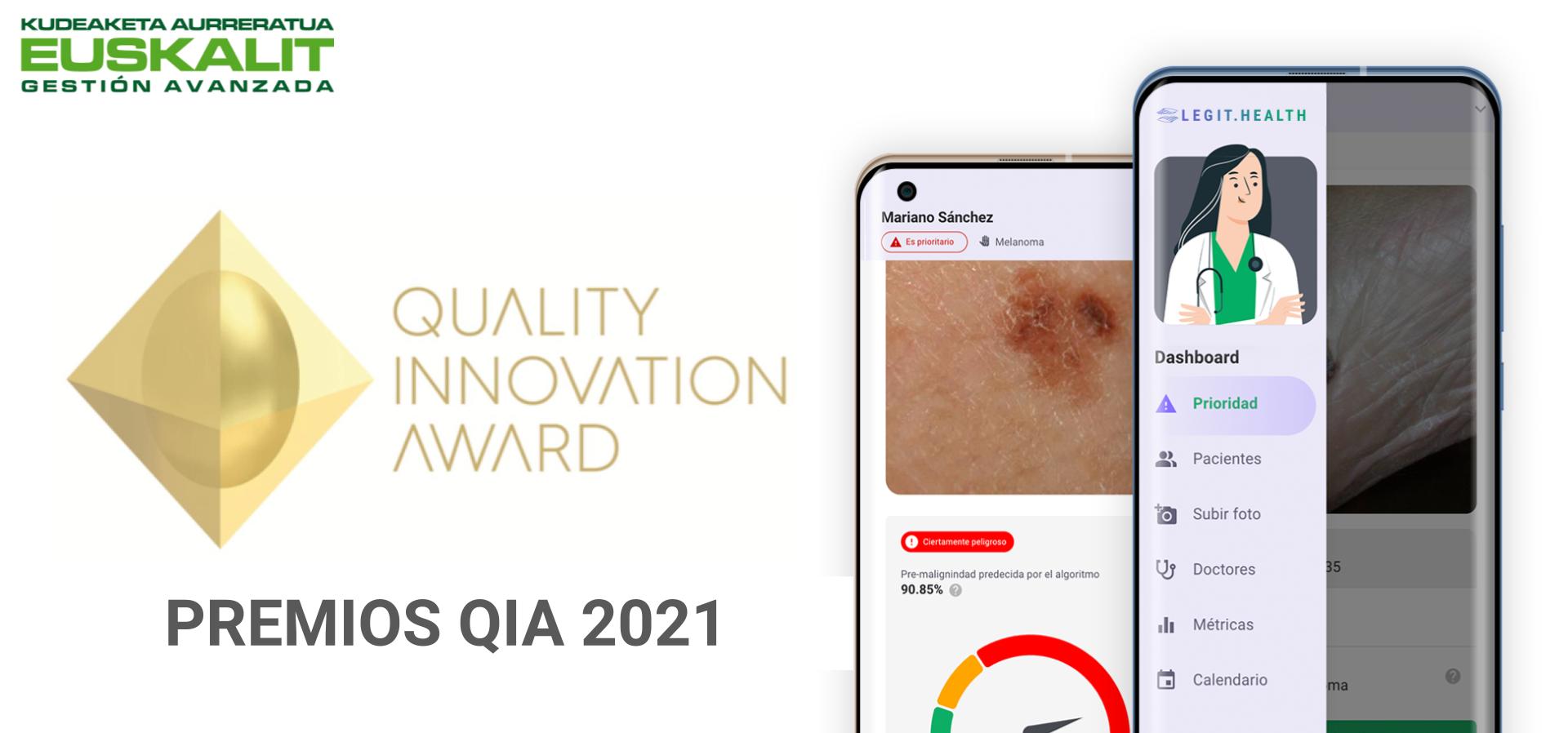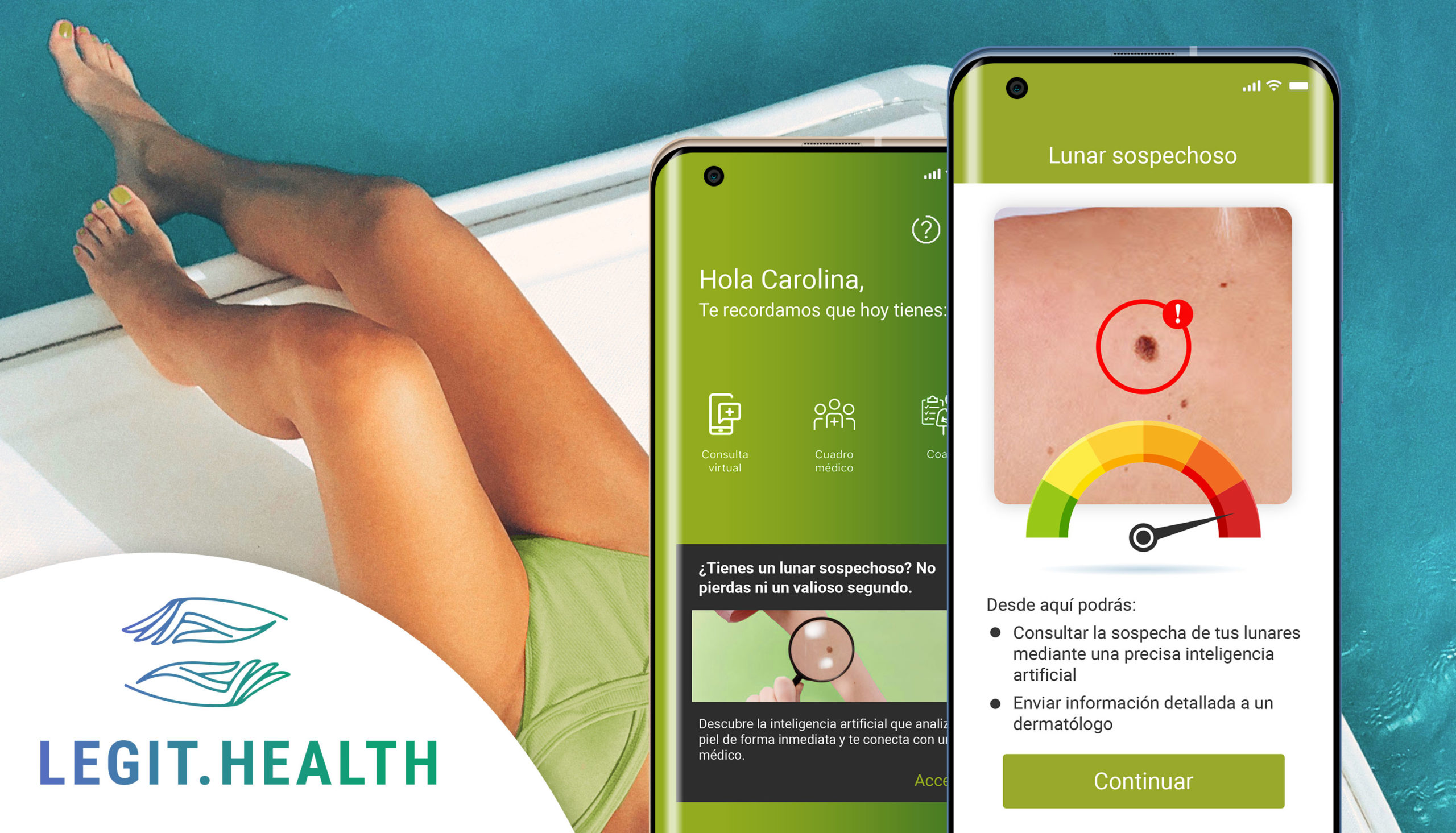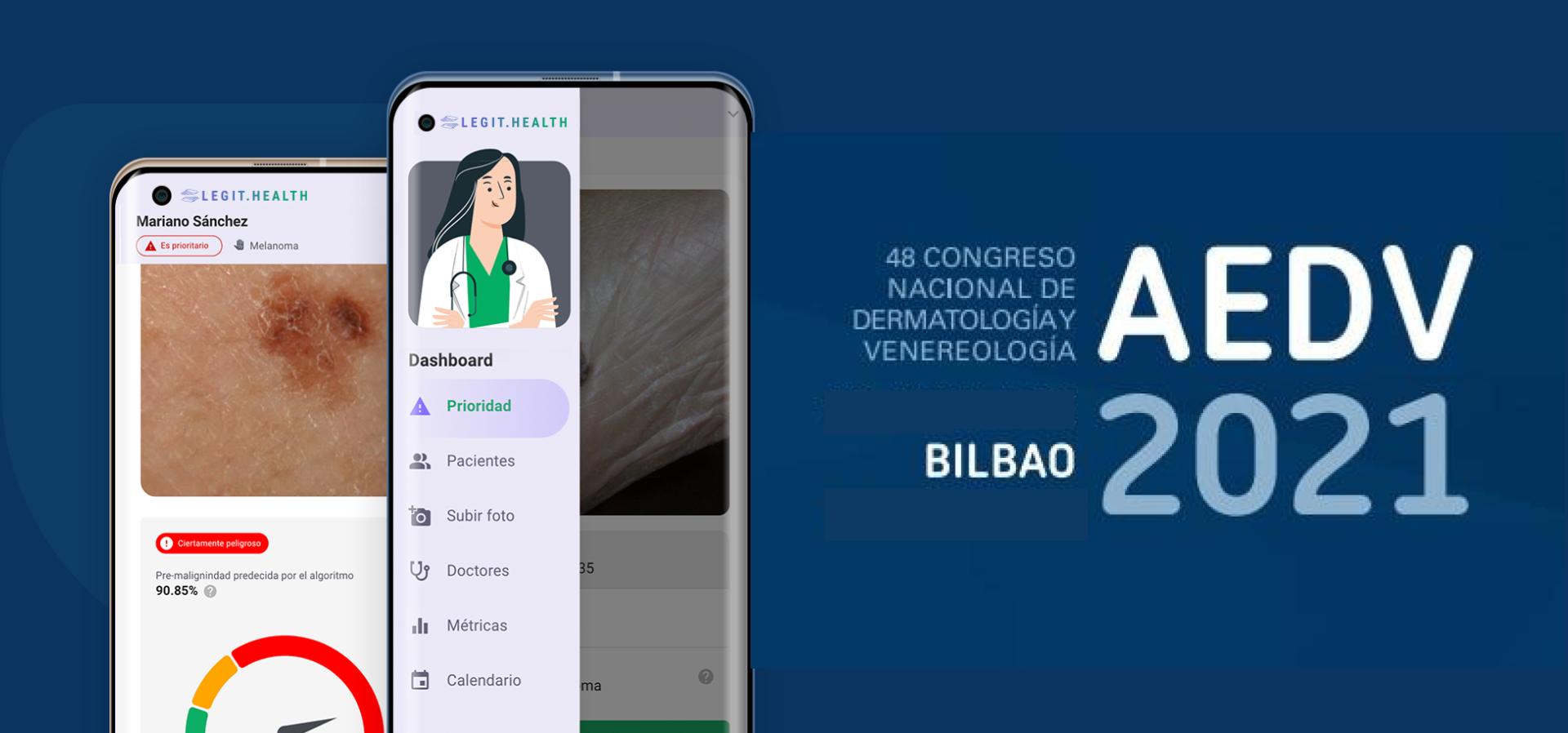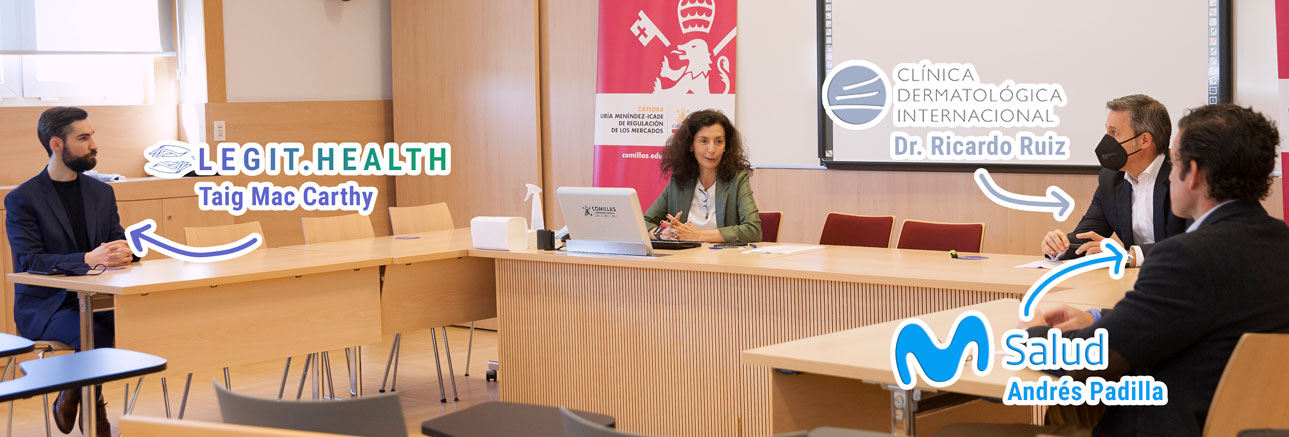7 formas de acelerar los ensayos clínicos de dermatología con IA: Database lock más rápido con calidad de datos superior
En la carrera por comercializar nuevos tratamientos dermatológicos, cada semana cuenta. Los promotores se enfrentan al reto crítico de acortar los plazos sin sacrificar la calidad de los datos para las presentaciones regulatorias.
Tanto si eres una farmacéutica, una biotech o una CRO, la plataforma con IA de Legit.Health aporta lo que realmente importa: database lock más rápido, 15% más de datos completos y calidad de grado regulatorio con mayor inter-rater reliability.
Hace unos años publicamos un artículo en el que explicábamos 7 formas en que nuestra tecnología de IA mejora los ensayos clínicos de dermatología. Desde entonces hemos aprendido mucho trabajando con farmacéuticas, biotechs y CROs de todo el mundo, así que hemos decidido actualizar esa información.
Estas son las 7 formas en que Legit.Health acelera tus ensayos clínicos de dermatología
Este es un resumen estratégico para operaciones clínicas, bioestadística, asuntos médicos y stakeholders ejecutivos, que muestra cómo la tecnología de IA acelera directamente tu camino al mercado mientras refuerza tu paquete de presentación regulatoria.


